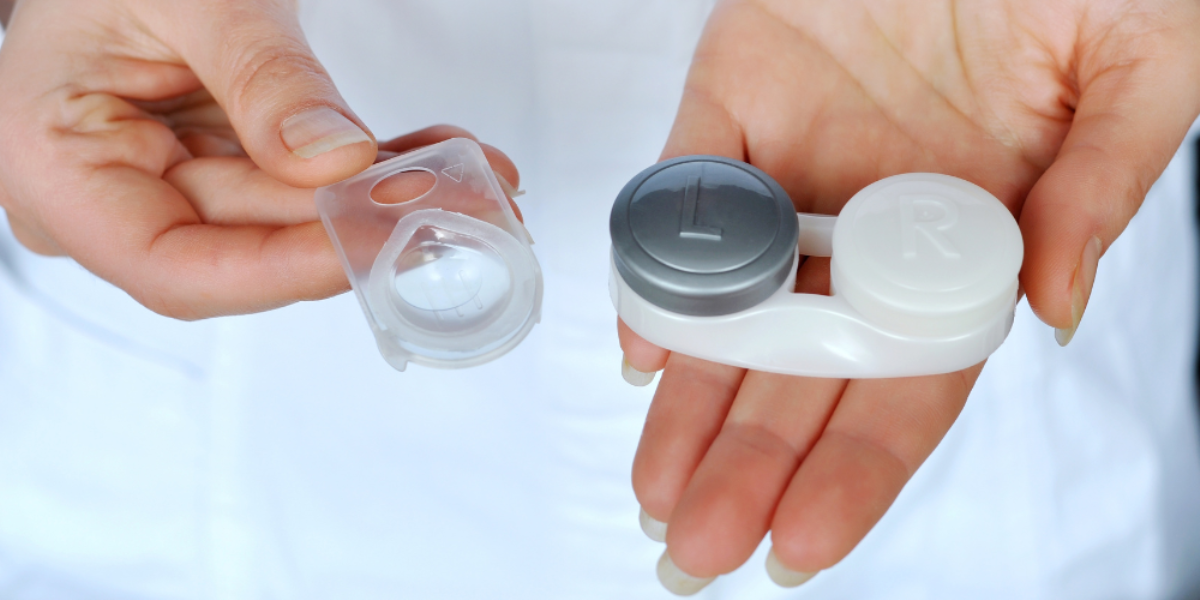Daily wear contact lenses are convenient and comfortable, offering a fresh
lens every day without the need for storage solutions or cases. They’re ideal
for people with busy lifestyles who have no time for lens care routines, travelers
and teenagers as they ensure sterility and reduce hygiene concerns and occasional
wearers who like swap between their spectacle and contact lenses.
Available in boxes of 30 or 90, with expiry dates of 2 – 4 years, daily
lenses tend to be more expensive than their monthly counterparts. They are
thin, high in moisture, and contour easily to the eye for comfortable wear. They
are designed to be inserted into the eye once and then discarded after use,
even if worn briefly, as they can tear easily if over handled. It's crucial not
to sleep in daily lenses even a 20 minute nap can limit oxygen to the eyes,
leading to serious complications like corneal ulcers.
From an environmental standpoint, wearing dailies year-round creates
significant waste, in saying that the plastic vials without the foil lids are
made from Polypropylene and so are recyclable as well as the cardboard boxes,
however the lenses themselves are not biodegradable and so must be disposed of
in general waste.
Now lets turn to, monthly replacement lenses, firstly they tend to be more
cost-effective, are available in boxes of 3 or 6 monthly lenses and require
additional care and costs with cleaning solutions and storage cases.
While most are designed for 30 individual days of wear with removal at
night, some brands, like CooperVision Biofinity and Bausch & Lomb Purevision
2, offer extended wear options allowing lenses to be worn overnight and for consecutive
days and nights. Extended wear contacts are popular especially with shift workers,
new mums and campers who need to get up in the night and be able to see
straight away. Continuous wear options need to be discussed
fully with an optometrist who will advise the safe time period for you, as they
can pose a risk to eye health.
Monthly lenses can accumulate natural deposits like proteins and lipids,
making them feel uncomfortable before the 30-day mark. Using a "rub and rinse" cleaning
method can help maintain comfort for the full month. This method involves placing your lens in the
palm of your hand, adding a few drops of solution and gently rubbing the lens before
rinsing it with more solution and soaking them overnight in your contact lens
case filled with fresh solution.
Unlike daily lenses the
wastage for monthly lenses is much reduced as only 1 pair of lenses is ideally used
each month.
Sometimes the decision between using daily or monthly lenses is made for you
as users with high or complex prescriptions, monthly lenses may be the only
option, certain eye conditions can also dictate the type of contact lenses required.
If you have the option of either / or the decision you make isn’t set in
stone and switching between daily and monthly lenses is always possible, in fact
it can be beneficial to have the both options up your sleeve as sometimes
lenses orders can be delayed. In both instances your optometrist will need to professionally
fit the lenses so you can be assured of comfortable clear, crisp vision.

